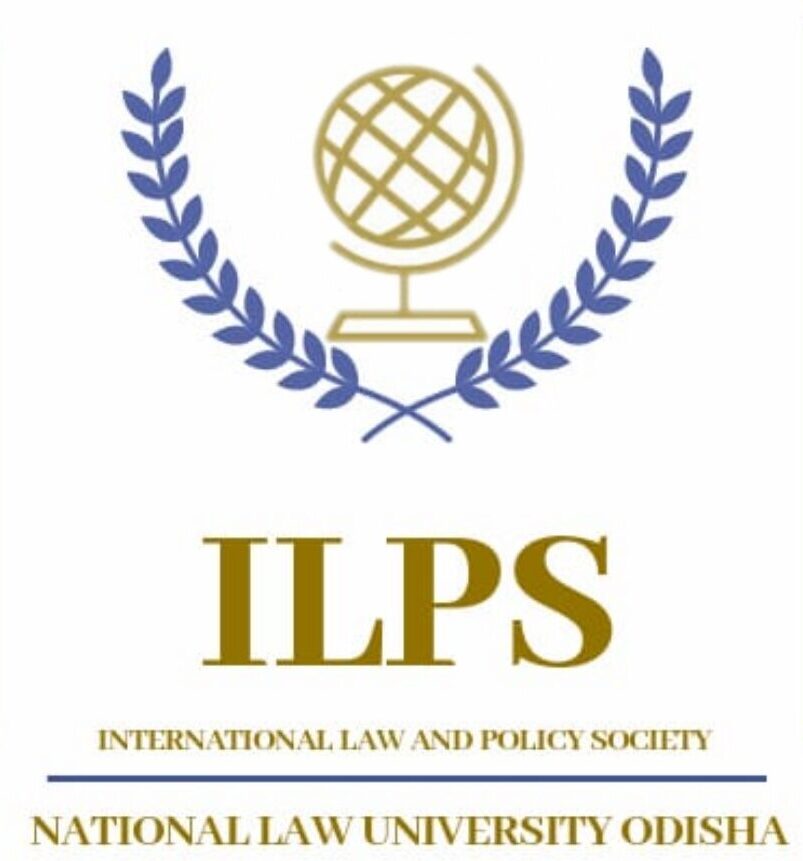Recently, the term energy dual pricing has gained relevance when the panel in EU-Cost adjustment methodologies II (Russia) has given its ruling. In this case, Russia has challenged the European Union (‘EU’) adjustment methodologies of energy inputs whenever these costs are artificially lowered or affected by government intervention. The EU rejected the price of these inputs products on the basis that the Russian federation regulates the prices of natural resources when it is destined for domestic consumption. In other words, Russia maintains dual pricing on these natural resources. The panel held that the EU cost adjustment methodology practice is inconsistent with Article 2.2.1.1 and Article 2.2 of the Anti-dumping Agreement. The Authors in this article envisage to prove that this practice of countries like Russia is a subsidy and it is trade distortive in nature. Therefore, it violates the Agreement on Subsidies and Countervailing Measures (hereinafter ‘ASCM’).
In trade parlance, energy dual pricing implies practice of maintaining a lower domestic prices of natural resources (like coal, petroleum, natural gas, etc.) in comparison to prevailing global market prices. It is followed by the states endowed with natural resources like Ukraine, Russia, OPEC members like Saudi Arabia, etc.
The issue with regard to dual pricing is not new and has been first highlighted during Tokyo Round when the practice of export restriction and taxes on natural resources of different countries were put on the agenda of negotiations. However, the issue was not dealt any further during Tokyo Round. The issue again listed in the agenda of negotiations during Uruguay Round of negotiations and the Doha declaration. However, member countries did not reach any consensus. Therefore, the issue remained unsettled. Despite these abortive attempts, some progress has been made through accession of countries like Russia and Saudi Arabia. Russia through its accession protocol committed to curb the export duties on crude oil as well as other oil-related products and calculate the price on these products on the basis of the global price of oil. Besides, Saudi Arabia has committed to take measures which are consistent with the WTO discipline on pricing system on feedstock. However, these commitments are often disregarded by these countries.
ENERGY DUAL PRICING AS SUBSIDY UNDER THE ASCM
International Energy Agency (IEA), defines the energy subsidy as ‘any government action, which treats the energy sector primarily and lowers the price of production, increases the price received by energy producer or decreases the price paid by the energy consumer’. Further, the energy subsidies are divided into two parts – firstly, the subsidy provided directly or indirectly to the resource-based industries like natural gas industries, or oil industries. Secondly, the subsidy provided to downstream industries using these natural resources as input product (‘energy input subsidies’). Both the energy subsides fall within the definition of ‘subsidy’ under the ASCM but the present article focuses only on the energy input subsidies.
One of the most debated argument is whether the energy subsidies constitute prohibited subsidies (Article 3) or actionable subsidies (Article 5) under the ASCM. This certainly depends on whether it falls within the definition of subsidy under Article 1 of the ASCM. The government provides the energy input subsidies to the domestic industry at a lower price than that of prevailing global prices, thereby conferring benefits to these industries. Thus, government actions fall within Article 1.1(a)(1)(iii) of the ASCM which states ‘government provision of goods and services other than general infrastructure’, albeit in an unconventional manner.
Further, it falls within the definition of actionable subsidy under Article 5 of the ASCM because members provide the energy input subsidies to the domestic industry at a price lower than the world market price. This, in turn, causes serious prejudice to the other members within the meaning of Article 5 of ASCM. It impacts the import of like products of other members in the market of subsidizing members. This is because the products are already available for the domestic industry at a price lower than the world market price. It also impedes and displaces the export of like products of other members from third-country markets. There is a competitive advantage to these entities as they exports the final product at a price lower than the prevailing global prices.
Furthermore, the most contentious issue in proving the energy dual pricing, as actionable subsidies, is to show that the given subsidy is either de facto or de jure specific under Article 2 of ASCM. The government providing these subsidies seems to circumvent the provisions of Article 2 of the ASCM by showing a subsidy of general nature. However, the government targets industries that are extensively dealing in the energy sector. This makes the subsidy de facto specific.
Recently, in the China- Subsidies to producers of primary aluminum, the US alleged that China is undercutting the Aluminum’s global price by providing subsidies in the form of artificially low-priced inputs such as alumina, electricity, and coal to the aluminum industries. They contend that the given subsidy is specific as it includes the limited industries which are using these inputs. Further, the USA claimed that China provided a subsidy that causes an adverse effect, therefore it fell under Article 5(c) and Article 6.3 of the ASCM. This matter is still at the consultation stage and the result is yet to be seen. However, it would be interesting to see how the panel interprets Article 2, 5, and 6 of the ASCM in the present dispute.
DUAL PRICING AND ITS TRADE DISTORTIVE EFFECT
The analysis of dual pricing in the energy sector and its classification under the WTO Agreement is important as it has an innate trade distortive effect on the global market. It qualifies as subsidy as government arrangements (as already dealt in the present article) make available the downstream input products to the domestic industries at a lower price as compared to the global prevailing prices. Resultantly, these industries produce the final products (like petroleum, natural gas) at a much cheaper rate. Thus, they do not provide an equal playing field to the other producers of the world market.
Energy dual pricing not only lowers down the price of the ultimate product in the domestic market but also benefits a large number of multinational entities in multiple countries. It is done through different arrangements between the domestic producers of the input product and the entities in other countries using these products. In other words, it has a trans-boundary effect on the price suppression of the ultimate product. It can be done in multiple ways, for example, a domestic entity providing input products to its sister entity situated in another country. Besides, a domestic entity may also provide input products to an entity (not being a sister entity) in a different country under a contract. In these circumstances, the domestic entity is passing through the benefit to multiple entities situated in different countries. This, in turn, provides the final product to the end-users (consumers) at a rate that is below the competitive market price, thereby creating an adverse effect on trade.
CONCLUSION AND A WAY FORWARD
The issue of dual pricing in the energy sector is not new and its trade distortive nature has already been pointed out earlier as well. The USA and the EU have raised it during the Uruguay Round of negotiations. These countries pointed out that these practices control the supply of raw materials by increasing its export price. EU suggested an amendment to Article 3 of the ASCM. The suggested amendment sought to add a provision for government-regulated prices as it is equally trade distortive. However, not much heed was paid to these suggestions in the final outcome of the negotiations.
Till date, EU- Cost Adjustment Methodologies II (Russia) and EU-Cold-Rolled Steel (Russia) are the only cases that have been appealed to the WTO (from domestic investigations). However, in EU- Cost Adjustment Methodologies, the panel upheld Russia’s contention and in EU-Cold-Rolled Steel (Russia), the decision of panel is yet to come. The lack of any legal sanction and no standing on the issue of the energy dual pricing by the adjudicatory body prompts the energy endowed countries to monopolize the market. They influence the price of the global energy markets through their domestic regulations.
To curb the trade distortive effect of dual pricing, different free trade agreements have been concluded recently. For instance, the EU – US transatlantic trade and investment partnership (TTIP) recognizes that dual pricing practice, in the countries rich in natural resources, has a trade distortive effect on global competitiveness. G-20 countries also recognize the trade distortive effects of subsidies on natural resources. Moreover, Asia- Pacific Economic Corporation concerns over these subsidies. Further, article 270 of the EU- Ukraine free trade agreement prohibits the dual pricing practice.
At last, the authors conclude that the whole idea of dual pricing in the energy sector is against the very foundation of free and liberal trade in the multilateral trading system. Therefore, the authors suggests that the member countries should either consider it an actionable subsidies or come up with an amendments in the ASCM. Indeed, the issue is complex and has seen many failed attempts. However, with a want of a more liberalized trading system it is high time that the negotiators should come up with a consensus in dealing with this issue.
This article is written by Sarika Bharti & Sandeep Singh



